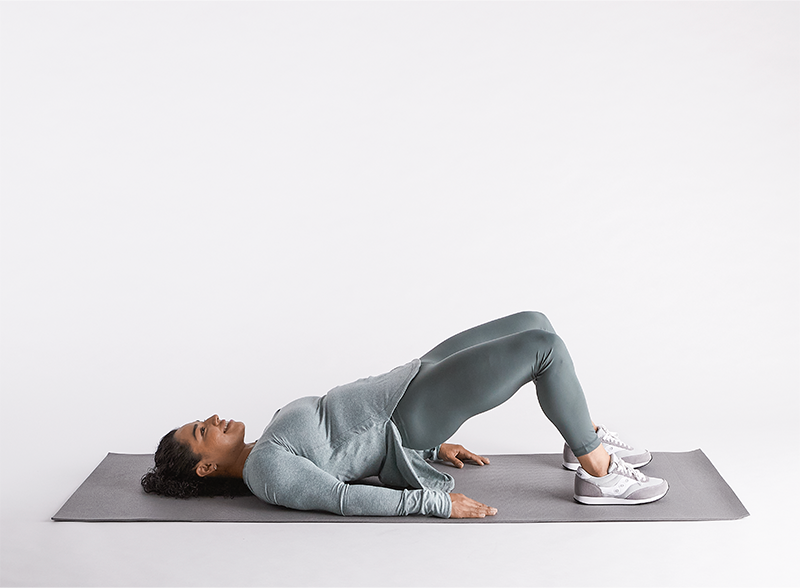Cómo hacer un ejercicio de puente: una guía de Hinge Health
Aprende a hacer un ejercicio de puente para ayudar con la fuerza de los glúteos y la estabilidad de la parte inferior del cuerpo, además de modificaciones para hacerlo más fácil o más difícil.
$0 costo para usted
Última actualización: Mar 28, 2025
